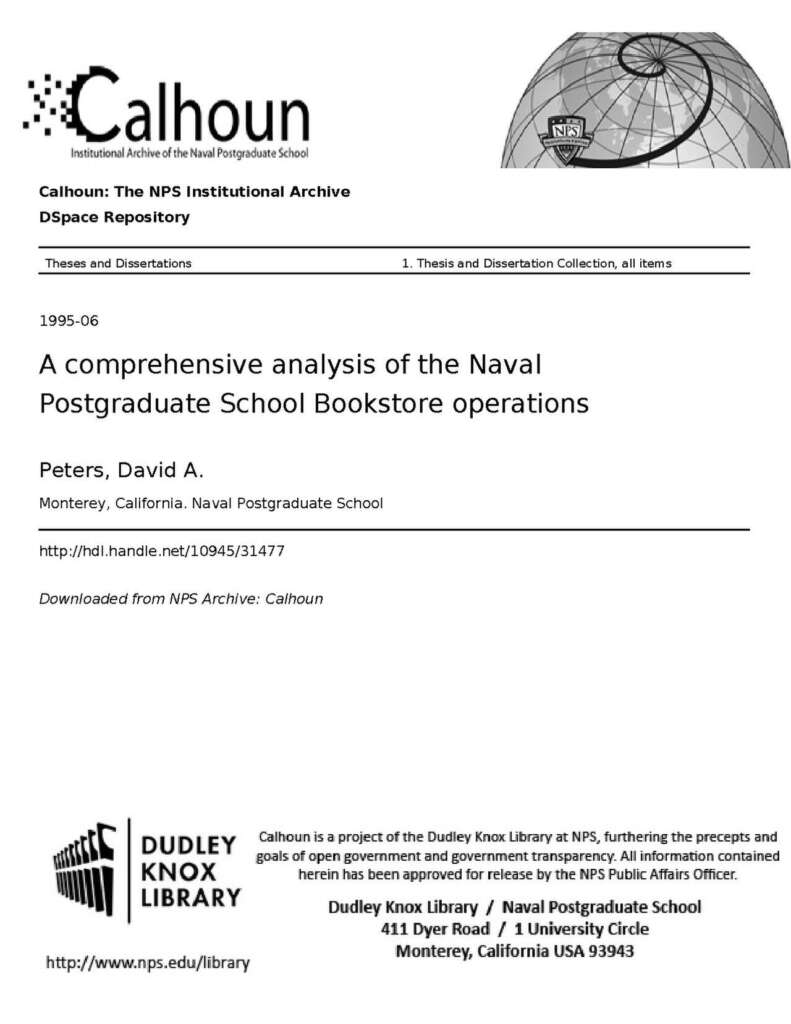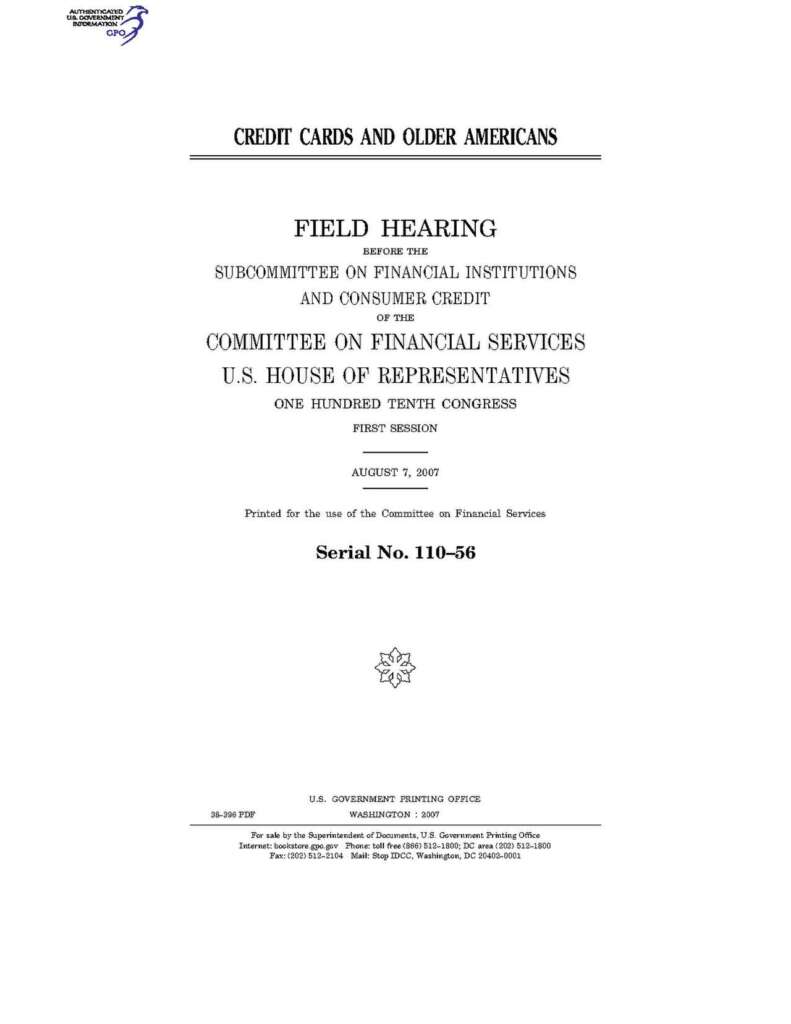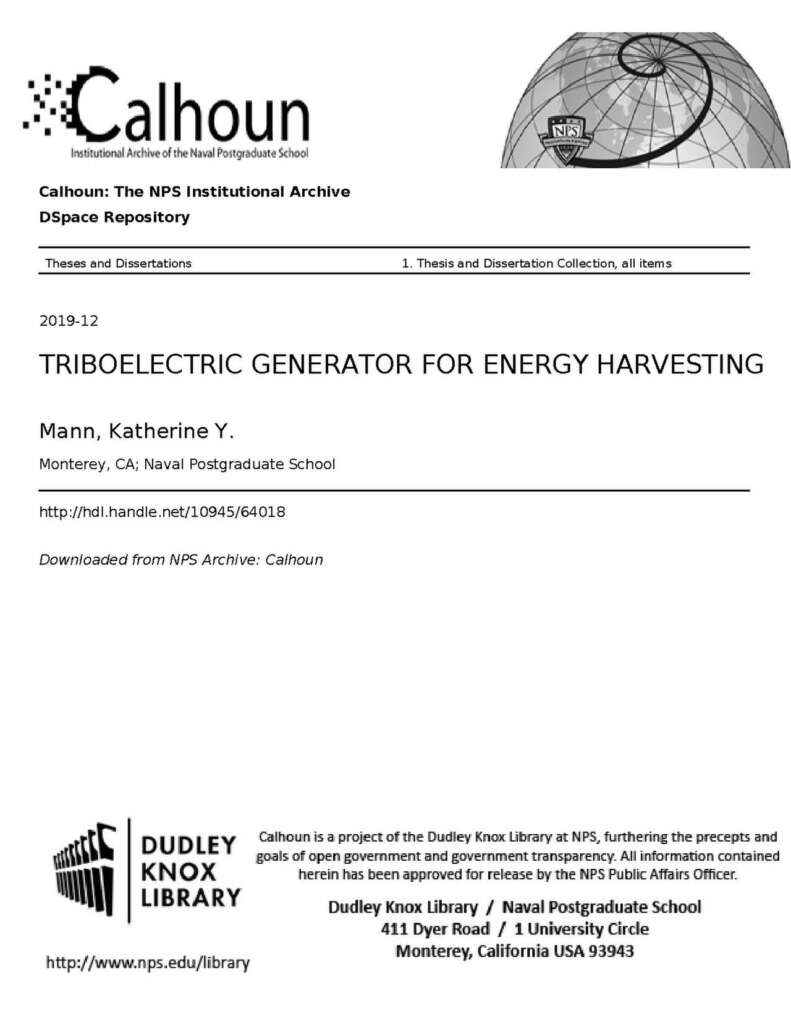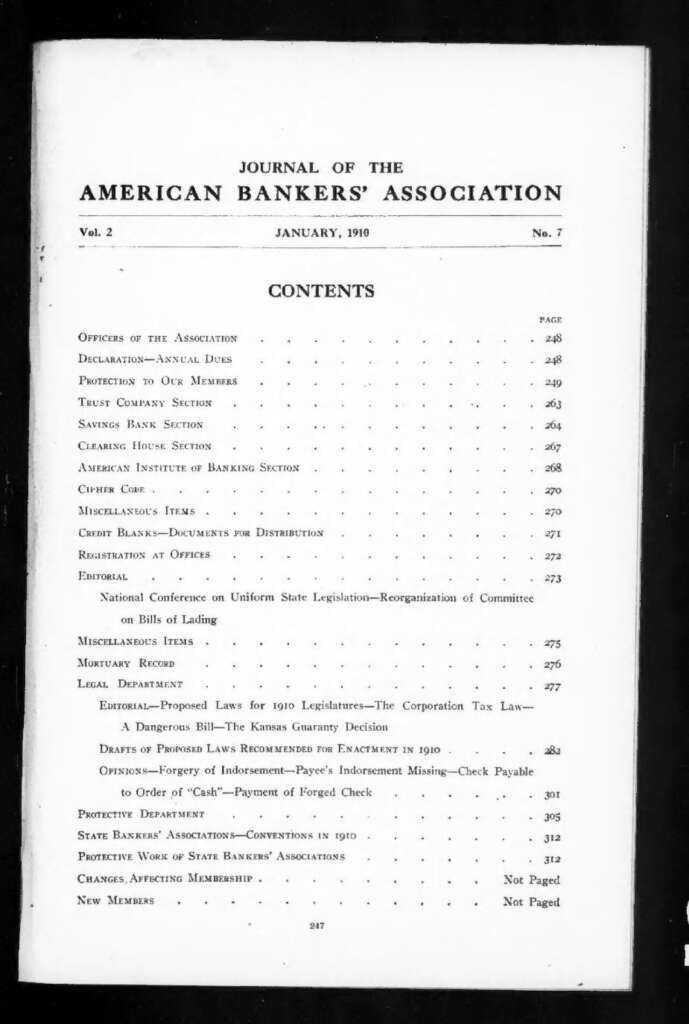Banking
A bank is a financial institution that provides services. Banking institutions accept deposits, make loans, offer checking and savings accounts, and provide other financial services.
The Canadian banking system is one of the most stable and efficient in the world. It is stable because it has strong regulation, a low level of debt, and a high degree of consolidation. It is efficient because of a number of factors like technology, strong competition, and a well-educated workforce.
The first banks were created in ancient times, when people began to deposit their gold with temples and other safe places for safekeeping. The first modern banks were created in the early 1600s in Europe. BMO, the first bank in Canada, was created in 1817 in Montreal.
The bank began issuing paper currency in 1822. The Bank of Upper Canada followed suit in 1824. The Canadian banking system underwent a major reorganization in the late 1800s and the Bank of Canada was established in 1867 as a central bank. The banks of Montreal and Toronto were merged in 1885 to form the Canadian Bank of Commerce. The Bank of Nova Scotia was established in 1832. The Great Depression of the 1930s had a major impact on Canadian banks. Many banks failed during the Depression, and the Canadian banking system was not able to recover until the 1950s.
The most important legal document regulating banking in Canada is the Bank Act. The Bank Act is a federal law that governs all banks in Canada. It sets out the rules and regulations that banks must follow, and it gives the federal government the power to regulate the banking industry.
What are the Main Types of Banks in Canada?
The main types of banks in Canada are chartered banks, foreign banks, and credit unions:
- Chartered banks are incorporated under the federal Bank Act. They are regulated by the federal government and are the largest type of bank in Canada.
- Foreign banks are incorporated outside of Canada. They are regulated by their home country’s government, not by the Canadian government.
- Credit unions are not-for-profit organizations that are owned and controlled by their members. They are regulated by the provincial or territorial government where they operate.

Currency Conversion Fees on Cards
Currency Conversion Fees on Cards touches everyday decisions Canadians make with their money. This guide explains the idea in plain language, highlights the trade‑offs, and gives you a simple path to action without jargon. The goal is to upgrade results without adding complexity. You’ll see when this matters, what to turn on or off at

Chargebacks vs. Refunds
Chargebacks vs. Refunds touches everyday decisions Canadians make with their money. This guide explains the idea in plain language, highlights the trade‑offs, and gives you a simple path to action without jargon. The goal is to upgrade results without adding complexity. You’ll see when this matters, what to turn on or off at your bank

Credit Card Insurance
The goal is to upgrade results without adding complexity. You’ll see when this matters, what to turn on or off at your bank or broker, and the small habits that compound over time. Credit Card Insurance touches everyday decisions Canadians make with their money. This guide explains the idea in plain language, highlights the trade‑offs,

Mortgage Renewals
Mortgage Renewals touches everyday decisions Canadians make with their money. This guide explains the idea in plain language, highlights the trade‑offs, and gives you a simple path to action without jargon. The goal is to upgrade results without adding complexity. You’ll see when this matters, what to turn on or off at your bank or

Robo‑Advisors vs. DIY
The goal is to upgrade results without adding complexity. You’ll see when this matters, what to turn on or off at your bank or broker, and the small habits that compound over time. Robo‑Advisors vs. DIY touches everyday decisions Canadians make with their money. This guide explains the idea in plain language, highlights the trade‑offs,

Banking for Side Hustles
The goal is to upgrade results without adding complexity. You’ll see when this matters, what to turn on or off at your bank or broker, and the small habits that compound over time. Banking for Side Hustles touches everyday decisions Canadians make with their money. This guide explains the idea in plain language, highlights the
